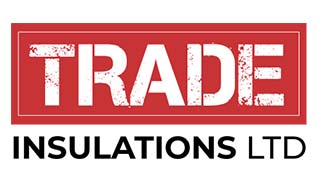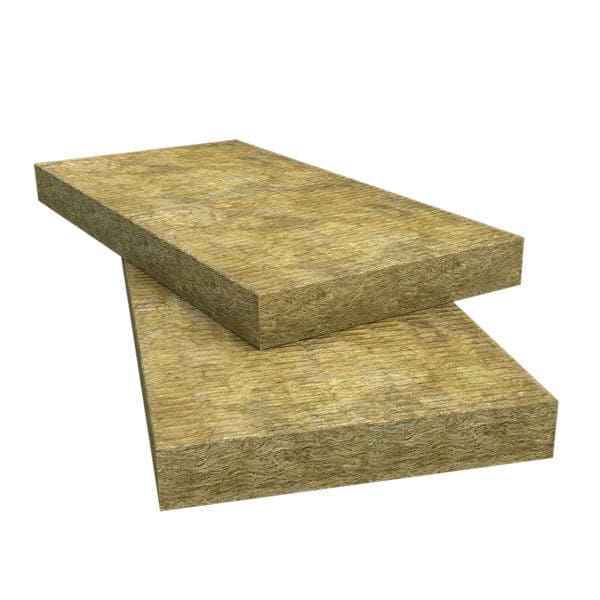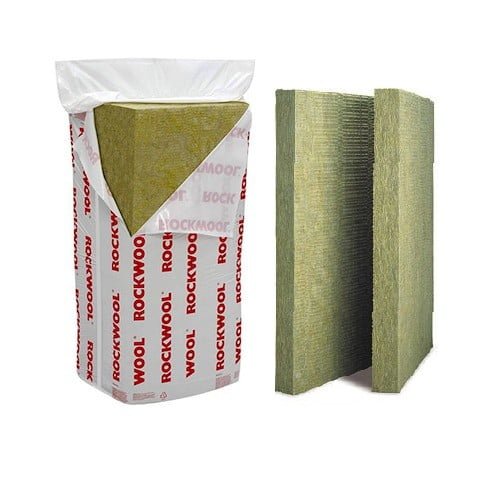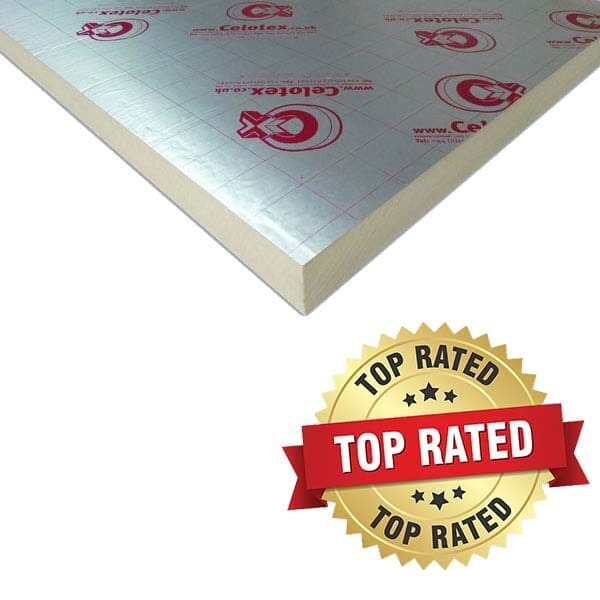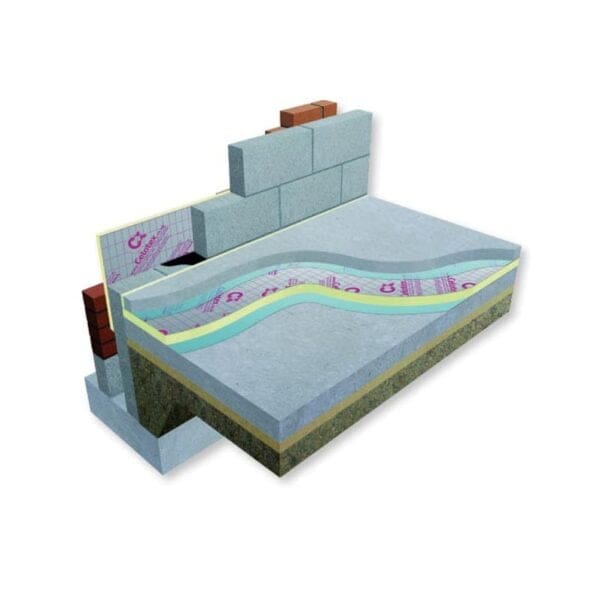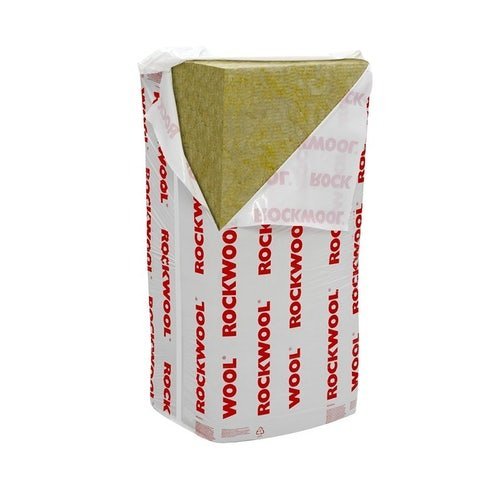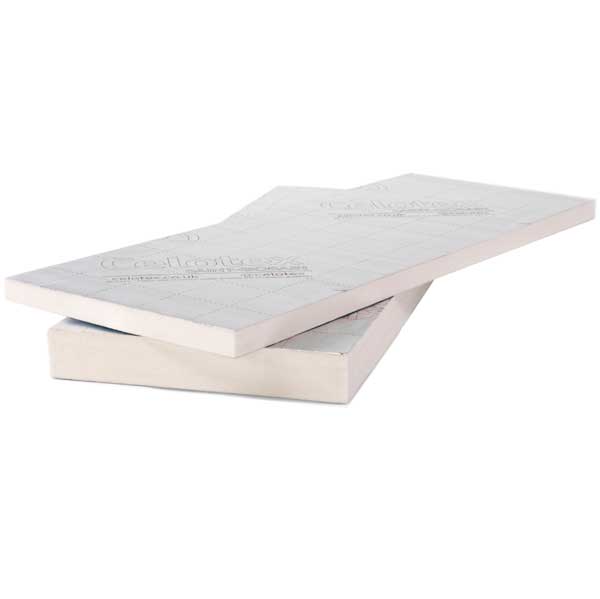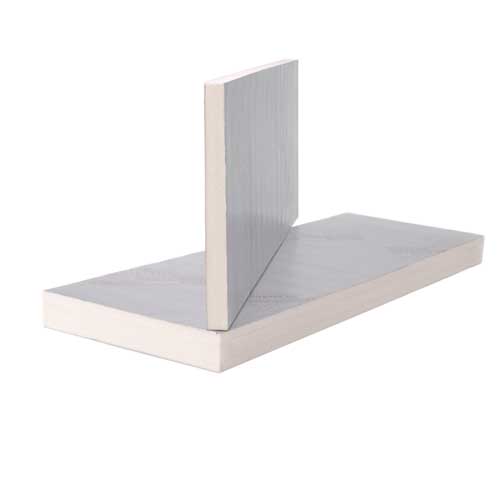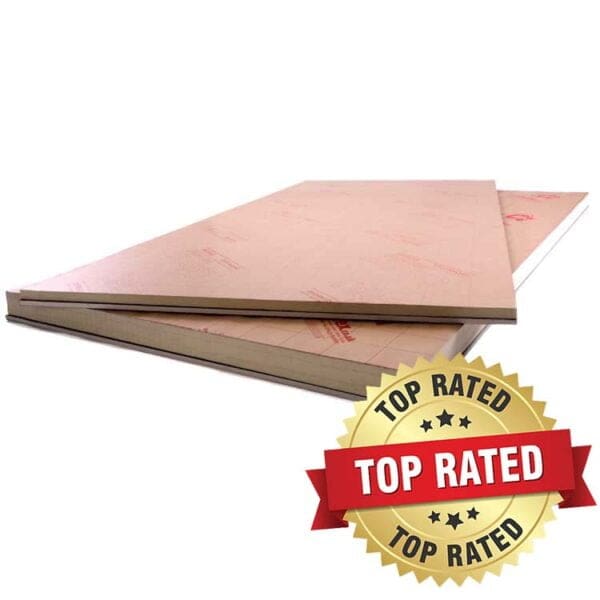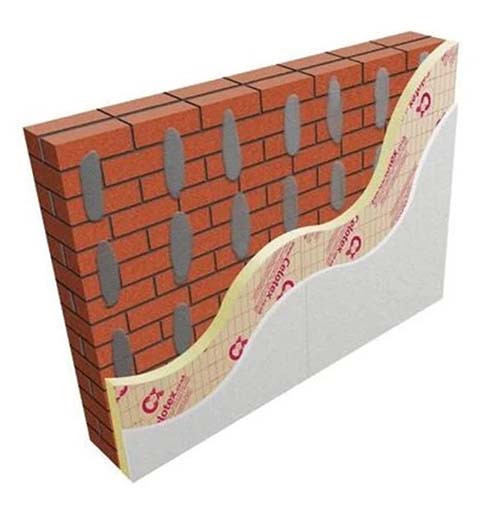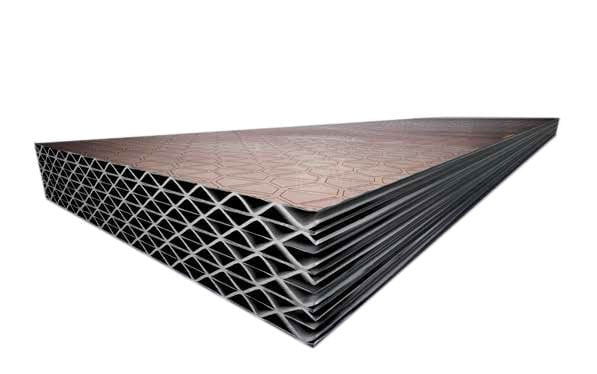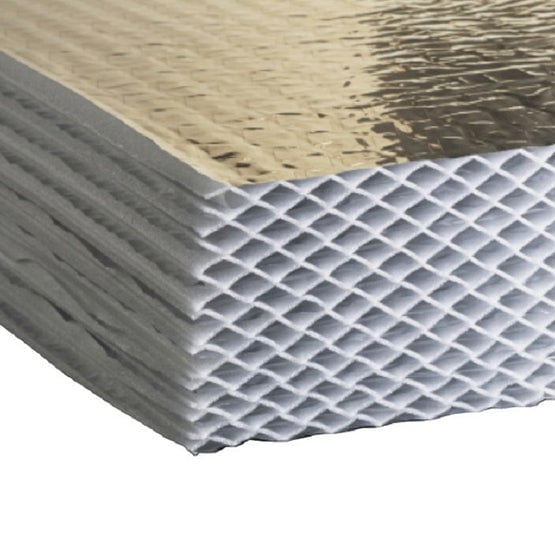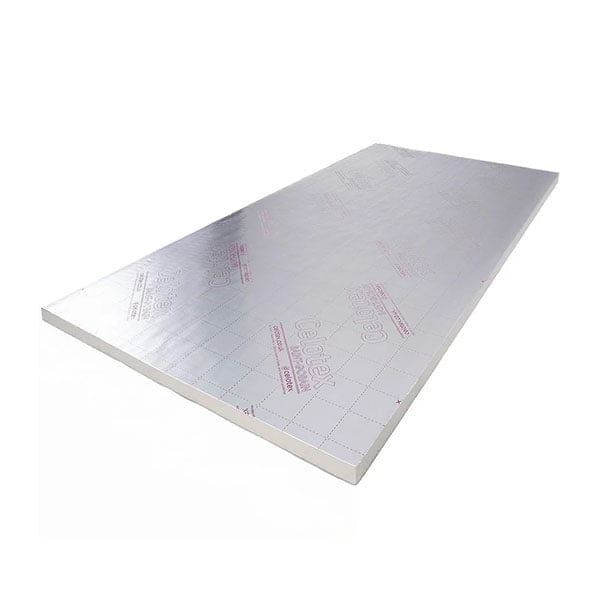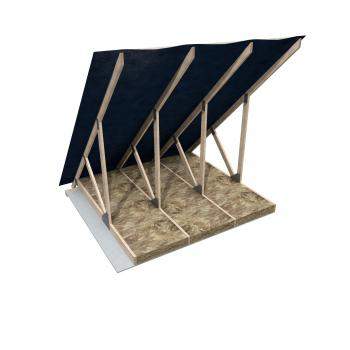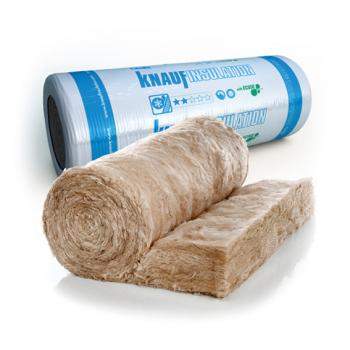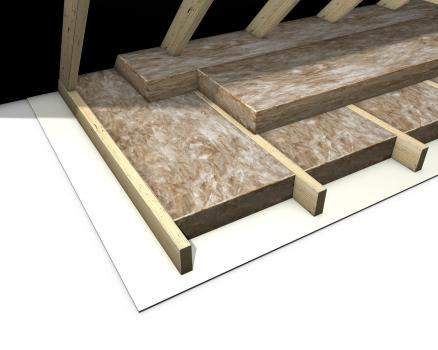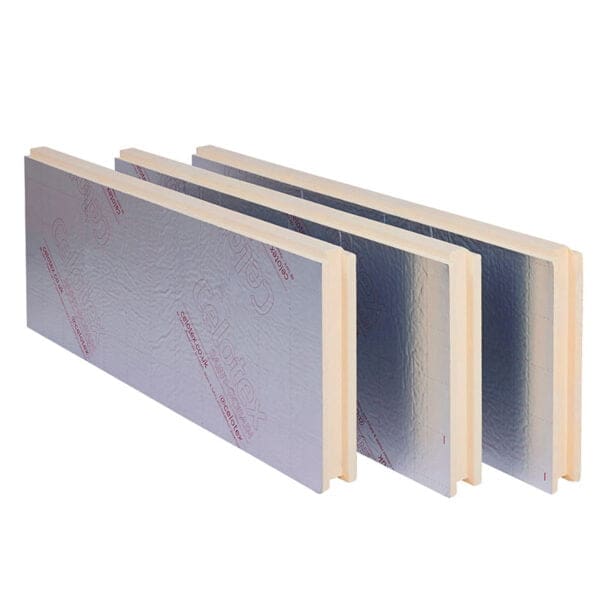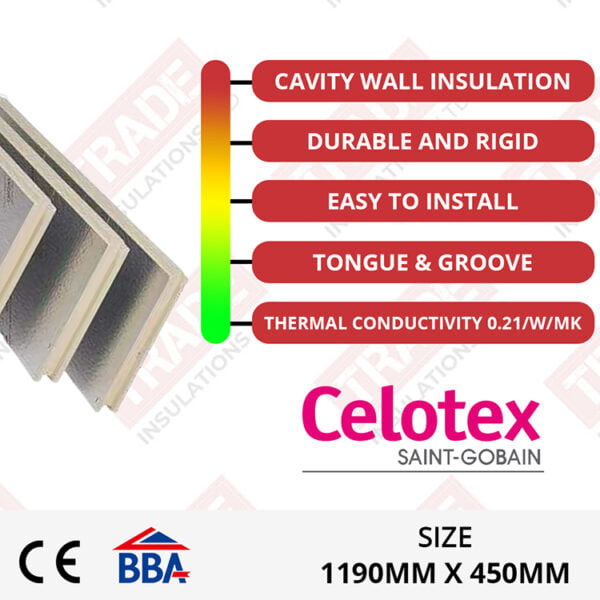In the midst of chilly weather, there’s nothing worse than coming home to a house that feels as cold inside as it does outside. If you find yourself wondering why your home seems cold, it might be time to delve into the factors that contribute to a cold living space.
We will explore the intricacies of maintaining a warm and comfortable home, with a particular focus on the role of insulation in retaining heat. From understanding the reasons behind a cold house to practical tips on how to make your living space cosy, we’ve got you covered.

Why is my house cold?
We will be exploring potential reasons why your hold is cold. Check out some of the top reasons below:
Inadequate Insulation
A common reason for a cold house is often insufficient insulation. Insulation serves as a barrier, preventing heat from escaping and cold air from entering. In homes with inadequate insulation, this thermal barrier is compromised, resulting in heat loss and difficulty retaining warmth.
It’s important to note that insulation is not a one-size-fits-all solution. Different regions and climates require different types and levels of insulation. Understanding the specific insulation needs is crucial for maintaining a warm home. This involves considering factors like insulation type, thickness, and installation methods to effectively address the unique challenges posed by the local climate.
Drafts and Air Leaks
Even with the best insulation, drafts and air leaks can significantly impact the warmth of your home. These gaps allow cold air to infiltrate your living space and warm air to escape, creating an uncomfortable indoor environment. Identifying and sealing these gaps is a crucial step in making your home more energy-efficient and warmer.
Common areas for drafts include windows, doors, and gaps around pipes or vents. Additionally, inspecting your attic and basement for potential leaks is essential. Regular maintenance, such as weatherstripping windows and doors, and applying caulk to seal gaps, can go a long way in fortifying your home against temperature fluctuations, ensuring a consistently comfortable living environment.
Windows and Doors
Windows and doors play a pivotal role in regulating the temperature inside your home. Single-pane windows and poorly sealed doors can allow heat to escape, making your home feel colder than it should. Upgrading to double-pane windows and ensuring that doors are properly sealed can make a significant difference in heat retention.
Additionally, using heavy curtains or blinds during colder months adds an extra layer of insulation. Investing in energy-efficient window treatments and considering the strategic placement of thermal blinds contribute to maintaining a more consistent indoor temperature. Regular checks for window and door seals, coupled with periodic upgrades, form a proactive approach to enhancing your home’s insulation, ensuring long-term warmth and energy savings.
How to Keep My House Warm?
Invest in Quality Insulation
The first and most important step in creating a warm home is investing in quality insulation. From fibreglass to cellulose and foam board, various insulation materials offer different levels of thermal resistance. Focus on key areas such as the attic, walls, and floors. A well-insulated attic, for example, prevents heat from escaping through the roof, making a substantial impact on your home’s overall warmth.
Moreover, insulating walls and floors contribute to maintaining a consistent temperature throughout the house, creating a comfortable living environment. Proper insulation not only enhances comfort but also results in long-term energy savings, making it a wise investment for homeowners seeking warmth and efficiency.
Seal Gaps and Cracks
Conduct a thorough inspection of your home to identify and seal gaps and cracks. Use weatherstripping around windows and doors, and apply caulk to seal gaps around pipes, vents, and other potential entry points for cold air. Pay special attention to areas where different building materials meet, as these junctions are common sources of drafts. By eliminating these gaps, you create a more airtight seal, enhancing the effectiveness of your insulation.
Consider installing door sweeps to prevent drafts from creeping in at the bottom of doors. Taking these steps ensures a comprehensive defence against air leaks, promoting a warmer and more energy-efficient home. Regular inspections and maintenance activities are essential for preserving the integrity of this seal, contributing to long-term comfort and cost savings.
Upgrade Windows and Doors
Double-pane windows with low-emissivity (low-E) coatings and insulated doors with weatherstripping can significantly improve heat retention.
You can also use window coverings like thermal curtains to add an extra layer of insulation. Closing curtains at night can help retain warmth while opening them during the day allows natural sunlight to contribute to heating your home.
Utilise Thermal Mass
Thermal mass refers to materials that can absorb and store heat. Using materials with high thermal mass, such as stone or brick, in strategic areas of your home can help regulate temperature by absorbing heat during the day and releasing it at night.
Incorporate thermal mass elements into the design of your home, such as stone countertops, tile floors, or even a brick accent wall. These features can contribute to a more comfortable and temperature-stable living space.
Optimise Heating Systems
Ensure that your heating system is functioning optimally. Regular maintenance, including cleaning filters and checking for any malfunctions, can improve the efficiency of your heating system. Consider upgrading to a programmable thermostat to regulate temperature based on your daily schedule. This not only enhances comfort but also reduces energy consumption by avoiding unnecessary heating when the house is unoccupied.
You should explore modern heating technologies such as smart thermostats, which allow remote control and scheduling through mobile devices, providing greater flexibility and efficiency in managing your home’s temperature. Regularly servicing your heating system and embracing advanced thermostat solutions form a proactive strategy for maintaining a warm and energy-efficient home.
How to Keep a Poorly Insulated House Warm?
Layered Insulation
In cases where the existing insulation is insufficient, consider adding additional layers to enhance thermal resistance. This is particularly important in older homes that may have outdated or deteriorating insulation. Insulation Boards, batts, or rigid foam can be added to existing insulation to bolster its effectiveness. Before doing this, conduct a thorough assessment of the current insulation’s condition to identify areas that need reinforcement.
Ensure compatibility between different insulation materials and optimise their combined efficacy. This strategic approach ensures a comprehensive insulation upgrade, addressing potential weak points and reinforcing your home’s thermal envelope for improved energy efficiency and warmth.
Localised Heating Solutions
If certain rooms in your home are consistently colder than others, consider implementing localised heating solutions. Portable space heaters, electric radiators, or radiant floor heating can provide targeted warmth where it’s needed most. Be mindful of safety precautions when using space heaters, ensuring they are positioned away from flammable materials and never left unattended.
It might also be worth exploring energy-efficient options such as zone heating, which allows you to heat specific areas only when needed. These targeted heating solutions not only address localised cold spots but also contribute to energy savings by avoiding unnecessary heating of unoccupied spaces.
Curtains and Rugs
In poorly insulated homes, windows and floors can be significant sources of heat loss. Use heavy curtains or thermal curtains to minimise heat transfer through windows. Place rugs on cold floors to provide an extra layer of insulation and warmth.
Rugs not only contribute to thermal comfort but also add a touch of cosiness to your living space.
DIY Insulation Fixes
For a quick fix in draughty areas, consider DIY insulation solutions. Use draft stoppers at the base of doors to prevent cold air from seeping in. Apply adhesive-backed foam tape to window frames to seal gaps and reduce drafts.
While these measures may not be as effective as professional insulation upgrades, they can provide temporary relief and improve the comfort of specific areas in your home.
Transforming a cold house into a warm and inviting home involves a comprehensive approach that addresses insulation, drafts, and heating systems. Investing in quality insulation not only enhances comfort but also proves to be a cost-effective long-term solution by reducing energy bills. By sealing gaps, upgrading windows and doors, and incorporating thermal mass elements, you can create a cosy living space that retains heat efficiently.
For those facing the challenge of a poorly insulated home, targeted solutions such as layered insulation and localised heating can make a significant difference. Embracing these strategies will not only make your home warmer but also contribute to a more sustainable and energy-efficient living environment.
Several factors could contribute to a cold house despite an active heating system. One common reason is inadequate insulation. If your home lacks proper insulation, the warmth generated by your heating system can escape easily, leaving you with a chilly indoor environment.
How does insulation work to keep a house warm?
Insulation acts as a thermal barrier, preventing the transfer of heat between the interior and exterior of your home. In cold weather, insulation traps heat inside, reducing the need for constant heating. Conversely, during hot weather, it prevents outdoor heat from infiltrating, helping to maintain a comfortable indoor temperature.
Can adding more insulation make a significant difference?
Yes, adding more insulation can make a substantial difference in the comfort and energy efficiency of your home. Properly installed and quality insulation reduces heat loss, making it easier to maintain a consistent and warm temperature. It can lead to noticeable improvements in both comfort and energy bill savings.
How do I identify drafts and air leaks in my home?
Identifying drafts and air leaks requires a thorough inspection. Check for noticeable gaps around windows and doors. Feel for drafts on a windy day, and inspect common entry points like electrical outlets, vents, and plumbing penetrations. Using a candle or an infrared thermometer can also help pinpoint areas with temperature variations.
What are the signs of poor window and door insulation?
Signs of poor window and door insulation include drafts, condensation on the glass, and feeling colder near these openings. Single-pane windows, deteriorating seals, or gaps around frames contribute to heat loss. Upgrading to double-pane windows with proper seals can significantly improve insulation.
How can I determine the right type of insulation for my home?
Determining the right insulation type involves considering factors such as climate, local building codes, and the specific areas of your home that require insulation. Consult with insulation professionals who can assess your needs and recommend suitable materials, taking into account factors like R-value and installation requirements.
Are there DIY solutions for improving insulation in a poorly insulated home?
While professional insulation upgrades are recommended for a comprehensive solution, there are some DIY measures to enhance insulation. Using draft stoppers, applying weatherstripping, and adding adhesive-backed foam tape to seal gaps can provide temporary relief and improve the comfort of specific areas in your home.
How often should I check and maintain my heating system?
Regular maintenance of your heating system is crucial for optimal performance. Check and replace air filters regularly, inspect the heating unit for any malfunctions, and schedule professional inspections at least once a year. Well-maintained heating systems operate more efficiently, ensuring consistent warmth in your home.
Can thermal mass elements help in regulating temperature?
Yes, incorporating thermal mass elements, such as stone or brick, can contribute to temperature regulation. These materials absorb and store heat during the day, releasing it gradually at night. Using such elements strategically in your home’s design can enhance comfort and reduce temperature fluctuations.
How can I make my home more energy efficient and save on heating bills?
Improving insulation, sealing drafts, and optimising your heating system are key steps to make your home more energy-efficient. Additionally, using energy-efficient windows, upgrading to a programmable thermostat, and embracing eco-friendly heating solutions contribute to long-term energy savings.

